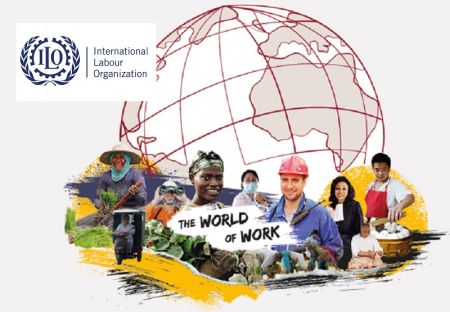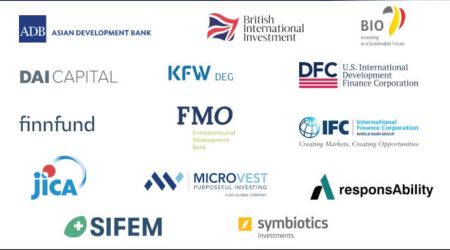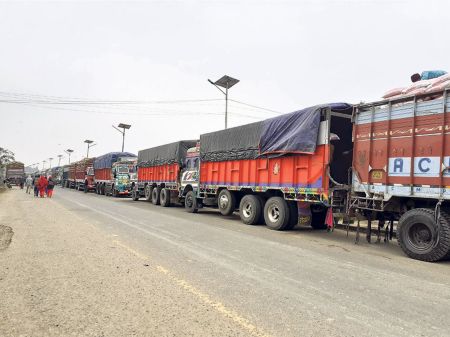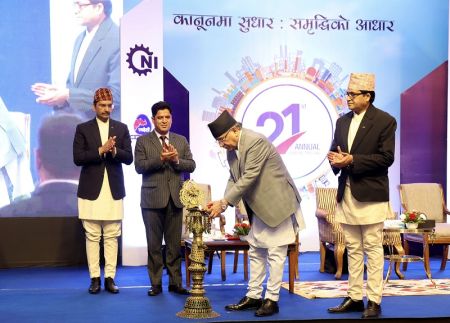Serious-game simulation could become the apprenticeship of the 21st century. In a sense, the future of hands-on learning may well be hands-off.
--By Vaijayanti Khare
Organisations, big and small, call for a show of hands at the next staff meeting for the question,“How many of you think that your graduate education helped you get this job?” Institutions, management and others, call for a show of hands in each of your classes for the question,“How many of you are sure that this degree will get you the job? And not because you have some connection in that organisation, of course.”
The result will further substantiate my findings of the informal, random surveys done in the recent past, both with management students and organisations.
'More than half the students are not sure that their undergrad /postgrad education improves their chances of finding a job'.
'Almost 40 percent of employers say a lack of skills is the main reason for entry-level vacancies, or worse, not-a-good-fit’.
‘More than 50 percent of staff in the range of -34 feel that their jobs were not a direct outcome of their education'.
South Asia, and Nepal to a large extent, is facing an ever widening gap between education and employment. The journey from Education to Employment, E2E, continues to challenge Nepal.
Nepal has a singular characteristic: most, if not all, business houses own higher education institutions, especially in management education that is by large forward integrated for jobs. And even they do not have a road map for the E2E territory.
The passage from education to employment is a complicated one, with many different needs and requirements demanding navigation along the way. It is inevitable, then, that there will be a variety of routes. What should concern us all is that far too many young people are getting lost along the way. It is time for a structured call-to-action.
The conundrum is real: high levels of youth unemployment and a shortage of job seekers with critical skills. The crucial questions are: How do we (and who is the 'we'!) successfully move young people from education to employment? What are the problems? Which interventions work? How can these be scaled up? Above all, what is the role of organisations in bridging this gap and easing this passage.
Employers, education providers, and youth live in parallel universes. To put it another way, they have a fundamentally different understanding of the same situation. Fewer than half of the youth and employers, for example, believe that new graduates are adequately prepared for entry-level positions. Education providers, however, are much more optimistic: 72 percent of them believe new graduates are ready to work. The same disconnect occurs with regard to education: 39 percent of education providers believe the main reason students do not go for higher studies is that the course of study is too difficult, but only nine percent of young people agree with this. The majority blame the high cost and the futility of an expensive postgraduate study to land them a good paying job.
Why do the three major stakeholders not see the same thing? In large part, this is because they are not engaged with each other. One-third of employers say they never communicate with education providers; of those that do, fewer than half say it proved effective. Meanwhile, more than a third of education providers report that they are unable to estimate the job-placement rates of their graduates. Of those who say they can, 20 percent overestimated this rate compared with what was reported by the youth themselves. Nor are young people any better informed: fewer than half are well informed as to what to study to lead to job openings and good packages.
The parallel universes have to be engaged and linked up with careful thought and an action plan over a timeline that is evaluated and progressively evolved.
The education-to-employment journey is fraught with obstacles. Let us think of the E2E system as a highway with three critical intersections: (1) enroll in graduate education, (2) build skills, and (3) find a job. There are significant challenges at each intersection. At the first (enrollment), cost is the top barrier, with 31 percent of high-school leavers indicating they did not continue their education because it was too expensive. Among those who do enroll, 46 percent are convinced they made the right choice in their selection of institution or field of study. At the second intersection (building skills), about 60 percent of youth say that on-the-job training and hands-on learning are the most effective instructional techniques, but fewer than half of that percentage are enrolled in curricula that prioritize those techniques. At the third intersection (finding a job), a good 40 percent of young people do not make a smooth transition to work; their first jobs are unrelated to their field of study and they want to change positions quickly.
The education-to-employment system fails for most employers and young people. There are three distinct groups of employers. Only one of them, accounting for less than 20 percent, is successful in getting the talent it requires. What distinguishes these employers is that they reach out regularly to education providers and youth, offering them time, skills, and money. Of the two other groups, the first of about 54 percent is just minimally engaged and struggling the most to find the right workers, while the second of about 25 percent is somewhat engaged but largely ineffectual.
As for young people, the system is not working for most of them, either. When asked a combination of attitudinal and behavioural questions to understand how they have fared in this E2E journey, and on the basis of their answers and current employment status, it is amply clear that the jobs are not a direct connection to their graduate or postgraduate status.
Innovative and effective programmes have certain important elements in common. Replicating and/or scaling such practices would help. First, education providers and employers actively step into one another’s worlds. Employers might help to design curricula and offer their employees as faculty, for example, while education providers may have students spend half their time on a job site and secure them hiring guarantees. A large population of visiting lecturers in the institutions here in Nepal come from companies and industries just as a compulsory internship is taken on by students– but sadly, both these are not a part of any concrete plan to ease the E2E.
Second, in the best programmes, employers and education providers work with their students early and intensely. Instead of three distinct intersections occurring in a linear sequence (enrollment leads to skills, which lead to a job), the education-to-employment journey is treated as a continuum in which employers commit to hire young people before they are enrolled in a programme to build their skills.
Creating a successful education-to-employment system requires new incentives and structures. We need to operate differently. First, stakeholders need better data to make informed choices and manage performance. Parents and young people, for example, need data about career options and training pathways. Imagine what would happen if all educational institutions were as motivated to systematically gather and disseminate data regarding students after they graduated—job-placement rates and career trajectory five years out—as they are regarding students’ records before admissions. Young people would have a clear sense of what they could plausibly expect upon leaving a management school or taking up a course of study, while education institutions would think more carefully about what they teach and how they connect their students to the job market.
Second, the most transformative solutions are those that involve multiple providers and employers working within a particular industry or function. These collaborations solve the skill gap at a sector level. By splitting costs among multiple stakeholders (educators, employers, and trainees), investment is reduced for everyone—an incentive for increased participation. Agreements such as non-poaching deals can also boost employers’ willingness to collaborate, even in a competitive environment.
Finally, we need system integrators responsible for taking a high-level view of the entire heterogeneous and fragmented education-to-employment system. The role of the system integrator is to work with education providers and employers to develop skill solutions, gather data, and identify and disseminate positive examples. Such integrators can be defined by sector, region, or target population.
Education-to-employment solutions need to scale up. There are three challenges to achieving scale: first, constraints on the resources of education providers, such as finding qualified faculty and investing in expansion; second, insufficient opportunities to provide youth with hands-on learning; and third, the hesitancy of employers to invest in training unless it involves specialized skills. There are solutions for each.
In the first instance, coupling technology—the Internet and other low-cost outlets—and a highly standardized curriculum can help to supplement faculty and spread consistent instruction at a modest cost. For the second challenge, apprenticeships traditionally have provided hands-on experience, but there are not enough spaces to meet demand. Technology could be brought in to offer tailored, detailed, practical experience to large numbers at a comparatively low cost. Serious-game simulation could become the apprenticeship of the 21st century. In a sense, the future of hands-on learning may well be hands-off. Third, employers often are willing to invest only in those specialized skills whose value they can fully capture; they do not want to spend money on employees who might take their expertise elsewhere. But for providers, it is expensive to develop solutions for every employer. One proven approach is to combine customization and scale by offering a standard core curriculum complemented by employer-specific top-ups.
Vaijayanti Khare is known for her dynamic engagements in the corporate, academic, social and development fi elds in Kathmandu over the past decade. Her writings are a refl ection of her hands-on work, insights, studies, success and challenges.






















